SEOUL (AP): North Korea announced Wednesday that it had tested a newly developed missile designed to be launched from a submarine, the first such weapons test in two years and one it says will bolster its military's underwater operational capability.
The test Tuesday was the fifth round of missile launch since September and came as North Korea steps up pressure on Washington and Seoul to abandon what Pyongyang sees as hostile polices such as joint US-South Korea military drills and international sanctions on the North.
North Korea's state-run Korean Central News Agency said the latest test will greatly contribute to putting the defence technology of the country on a high level and to enhancing the underwater operational capability of our navy. It said the new missile has introduced advanced control guidance technologies including flank mobility and gliding skip mobility.
The North's neighbours said Tuesday that they detected the North's missile firing and said the weapon landed in the waters between the Korean Peninsula and Japan. South Korea's military described the missile as a short-range, submarine-launched ballistic missile and said the launch was made from waters near the eastern port of Sinpo, where North Korea has a major shipyard building submarines.
KCNA said Tuesday's launch was made from the same 8.24 Yongung ship, a submarine that North Korea said it used to conduct its first submarine-launched strategic ballistic missile test in 2016. Photos published by North Korea show a missile rising and spewing bright flames above a cloud of smoke from the sea. One image shows the upper parts of what looks like a submarine on the surface of the sea.
Tuesday's launch is the most high-profile weapons test by North Korea since US President Joe Biden took office in January. The Biden administration has repeatedly said it's open to resuming nuclear diplomacy with North Korea anywhere and at any time without preconditions. The North has so far rebuffed such overtures, saying US hostility remains unchanged.
The launch came days before Sung Kim, Biden's special envoy on North Korea, was to travel to Seoul to discuss with allies the possibility of reviving diplomacy with Pyongyang.
At a meeting in Washington with his South Korean and Japanese counterparts, Kim emphasized US condemnation of the launch, which violates multiple UN Security Council resolutions, and urged Pyongyang to refrain from further provocations and engage in sustained and substantive dialogue, the State Department said.
The UN Security Council scheduled emergency closed consultations on North Korea on Wednesday afternoon at the request of the United States and United Kingdom.
Kim Dong-yub, a professor at Seoul's University of North Korean Studies, said the North Korean weapon tested Tuesday was likely derived from its land-based, nuclear-capable KN-23 missile whose highly manoeuvrable and lower-trajectory flight provides it with greater chances of evading missile defence systems.
He said the new missile was likely a small-sized weapon displayed during a defence exhibition last week. The professor said North Korea likely plans to load this missile on a new submarine it disclosed in 2019 while placing bigger SLBMs on larger submarines it is pushing to build in the future.
Japanese Defence Minister Nobuo Kishi had said Tuesday that the North Korean missile flew on an irregular trajectory while travelling as far as 600 kilometers.
Nuclear negotiations between the US and North Korea have been stalled for more than two years because of disagreements over an easing of crippling US-led sanctions against North Korea in exchange for de-nuclearization steps by the North.
Some experts say North Korea might continue its weapons tests for a couple of more months until it halts them in consideration of the Winter Olympics slated for February in China, its last major ally and economic pipeline. They say the North may even test-launch long-range missiles directly threatening the US mainland in a breach of a 2018 self-imposed moratorium on such weapons tests to maximize its pressure campaign.
North Korea has been pushing hard for years to acquire the ability to fire nuclear-armed missiles from submarines, the next key piece in an arsenal that includes a variety of weapons including ones with the potential range to reach American soil.
Acquiring submarine-launched missiles would be a worrying development because that would make it harder for the North's rivals to detect launches and provide the country with retaliatory attack capability. Still, experts say it would take years, large amounts of resources and major technological improvements for the heavily sanctioned nation to build at least several submarines that could travel quietly in seas and reliably execute strikes.
North Korea last tested a submarine-launched ballistic missile in October 2019.
In a report this month on North Korea's military capabilities, the US Defence Intelligence Agency said the North's pursuit of submarine-launched ballistic missile capabilities along with its steady development of land-based mobile long-range weapons highlight Pyongyang's intentions to build a survivable, reliable nuclear delivery capability.
It said: "It is possible we could see a test of a long range missile (by North Korea) over the next year."
N Korea confirms missile test designed for submarine launch
Article Posted on : - Oct 21, 2021
Other Related News
India, Sri Lanka decide to ramp up defence, energy, trade ties
India and Sri Lanka Monday adopted a futuristic vision to expand their partnership, resolved to soon conclude a defence cooperation pact and decided to ramp up energy ties by establishing electricity grid connectivity and multi-product petroleum pipelines.
 Previous Article
Previous Article Next Article
Next Article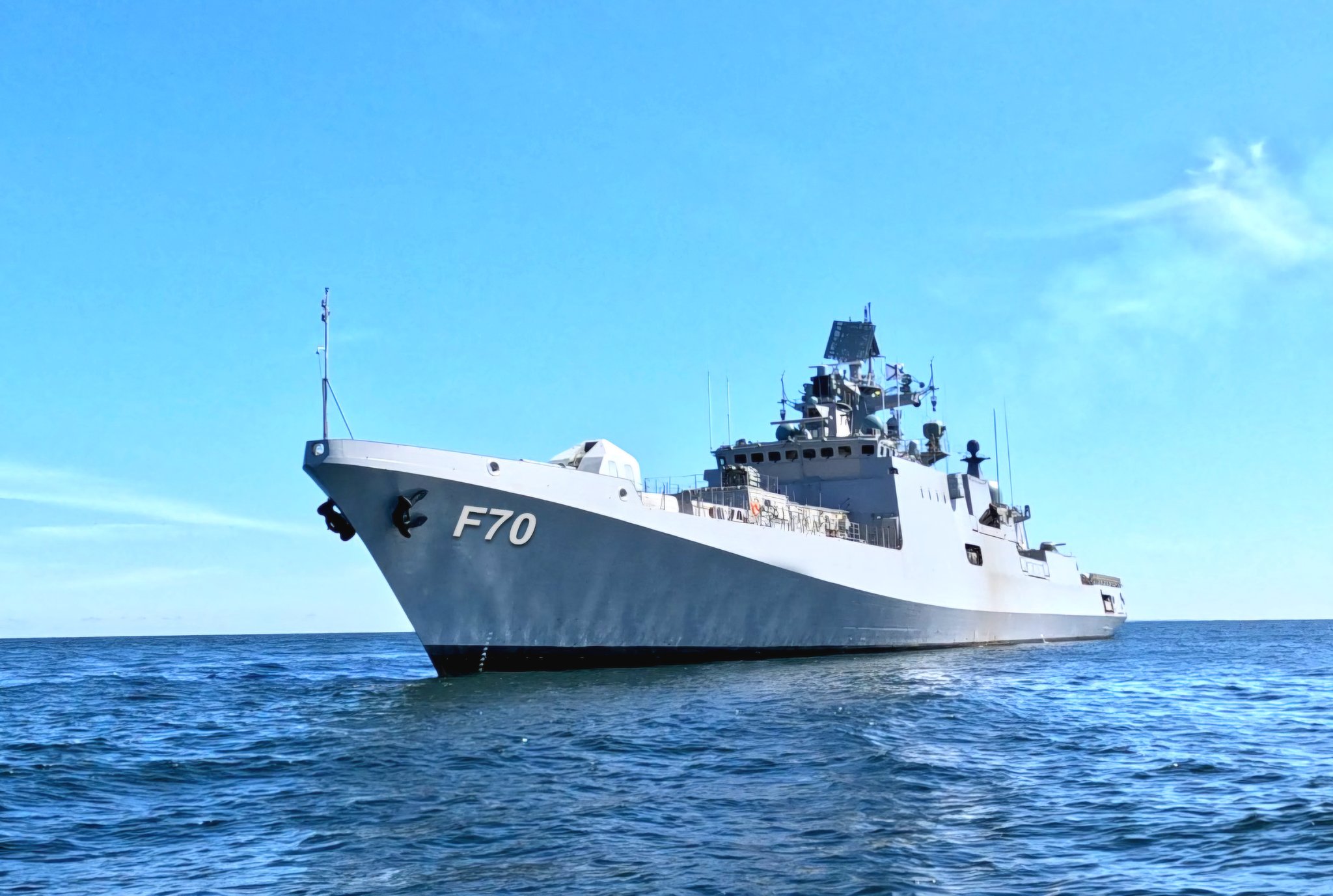
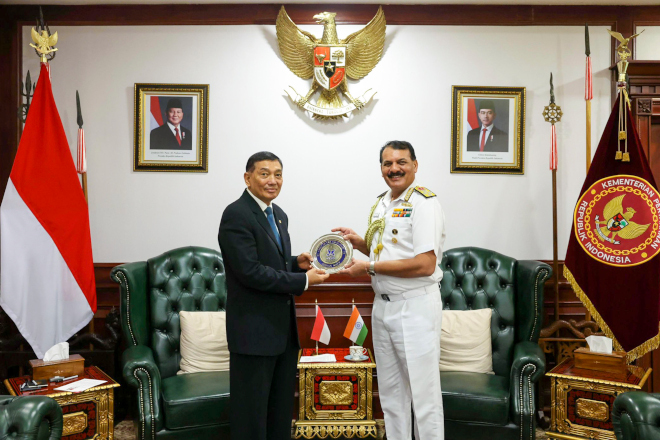
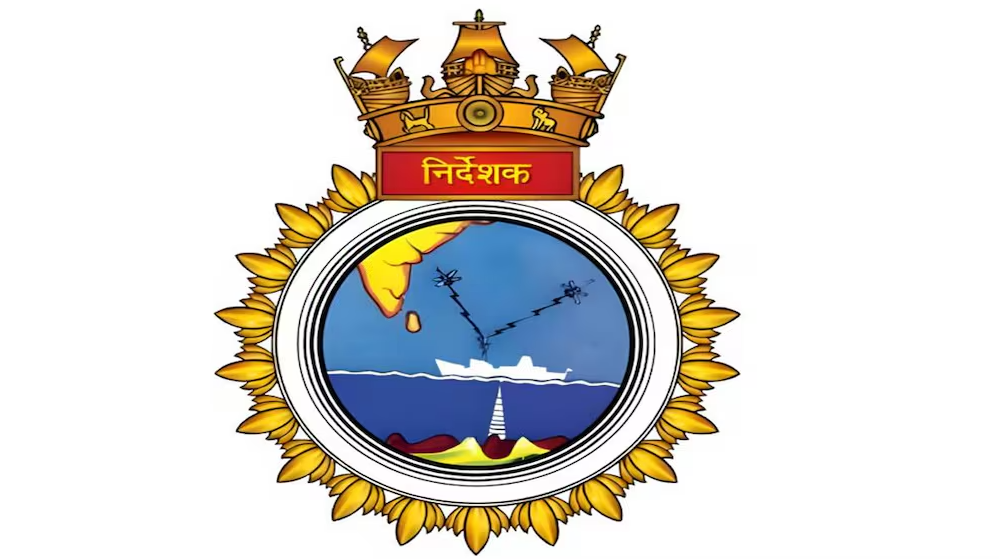


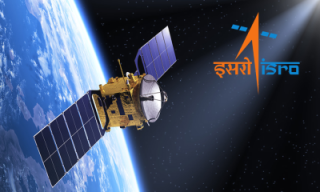
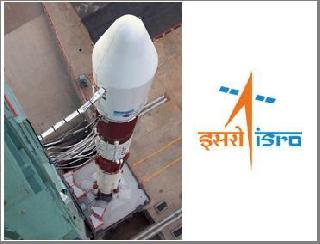
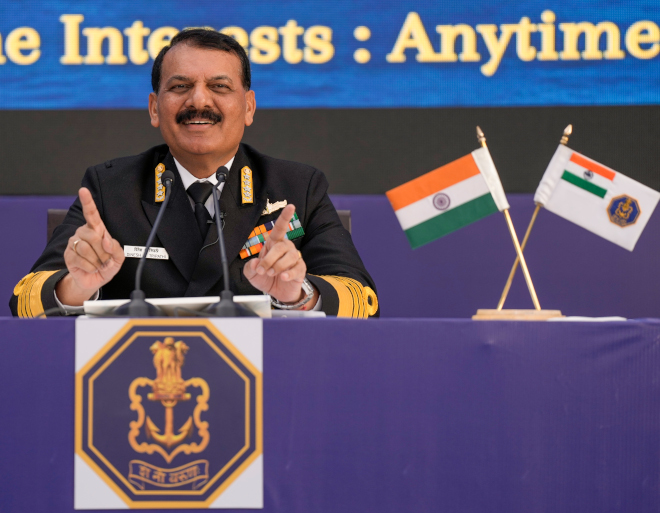
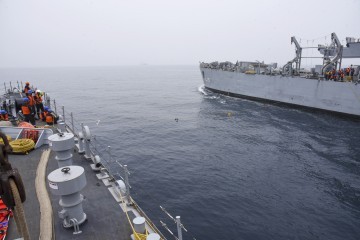





The Indian Air Force, in its flight trials evaluation report submitted before the Defence Ministry l..
view articleAn insight into the Medium Multi-Role Combat Aircraft competition...
view articleSky enthusiasts can now spot the International Space Station (ISS) commanded by Indian-American astr..
view article